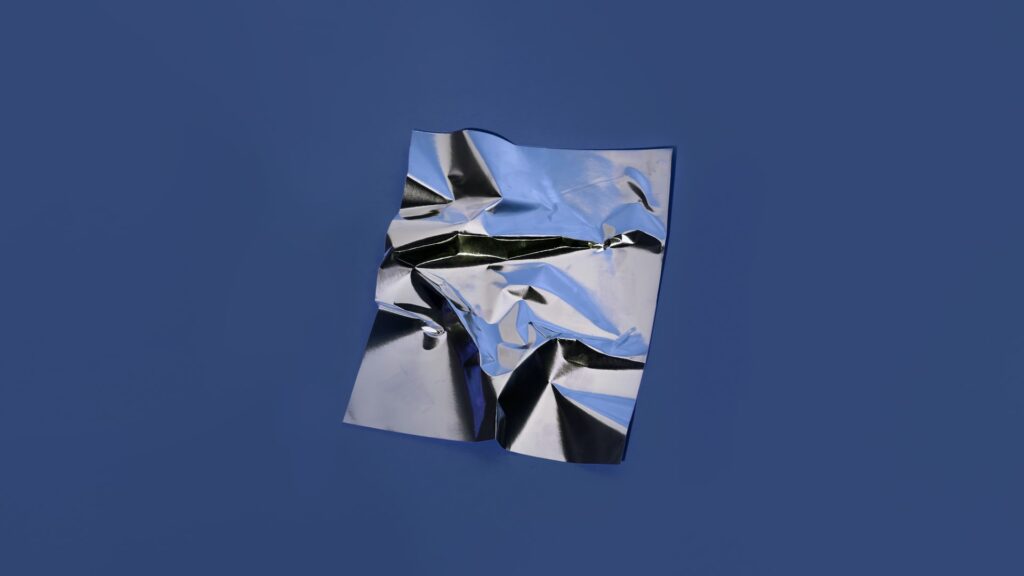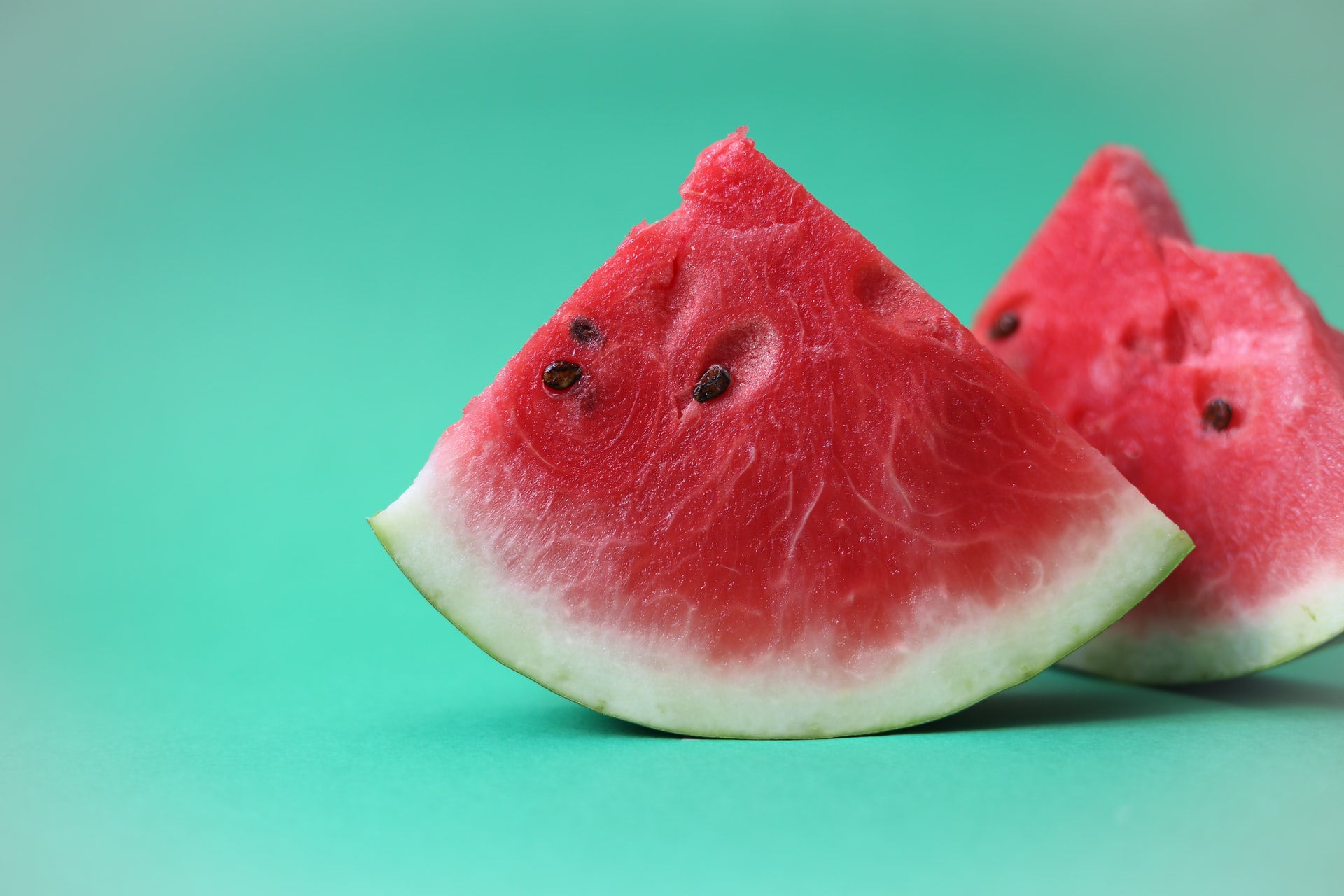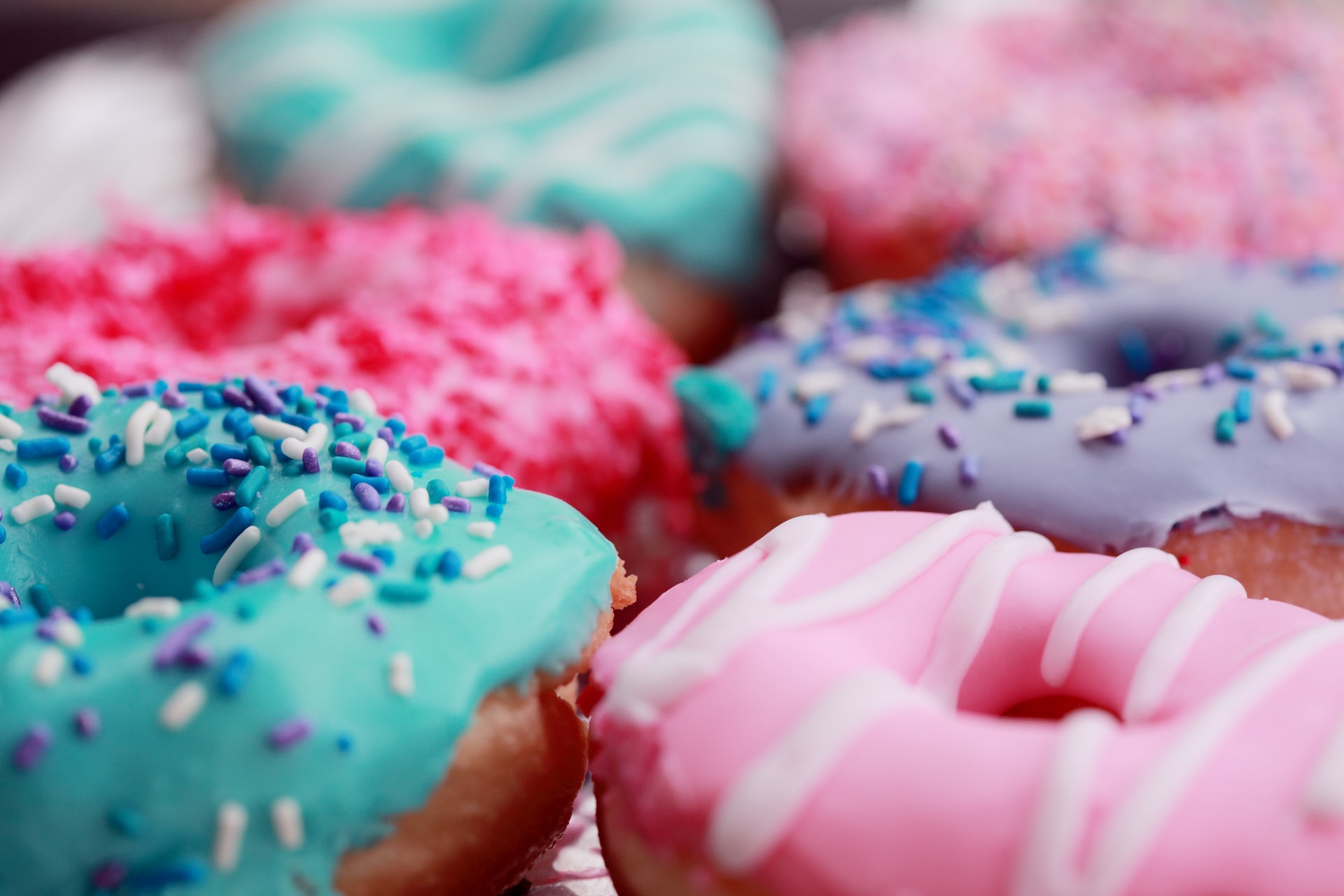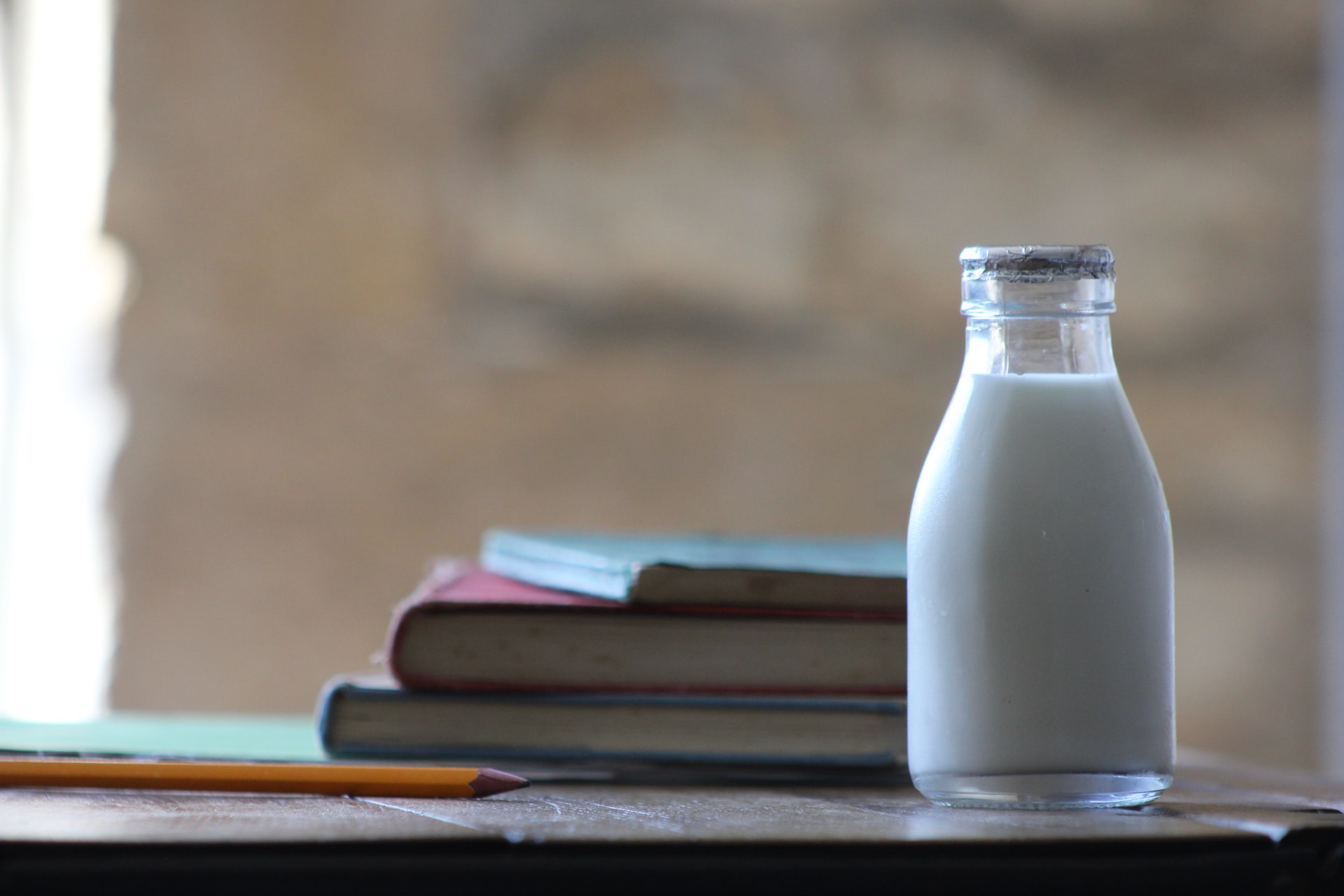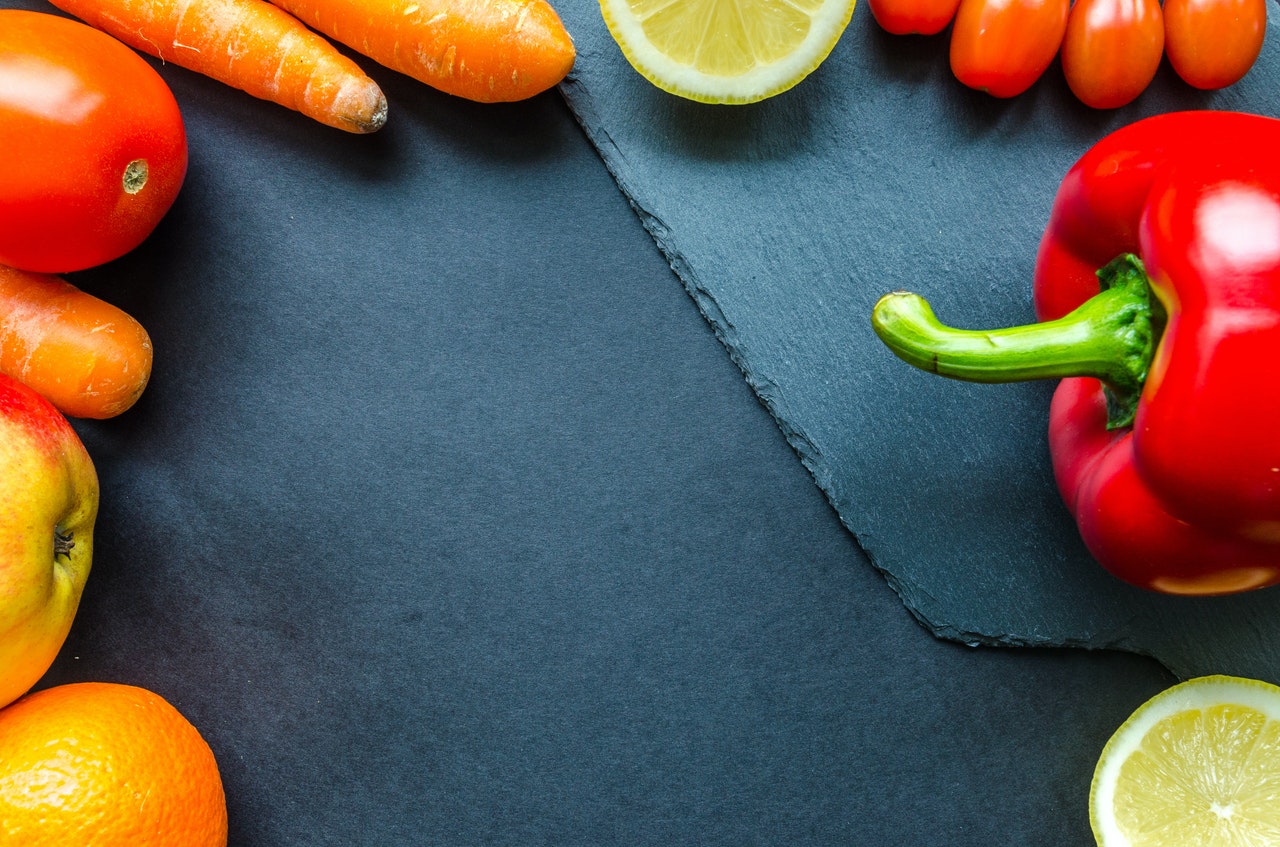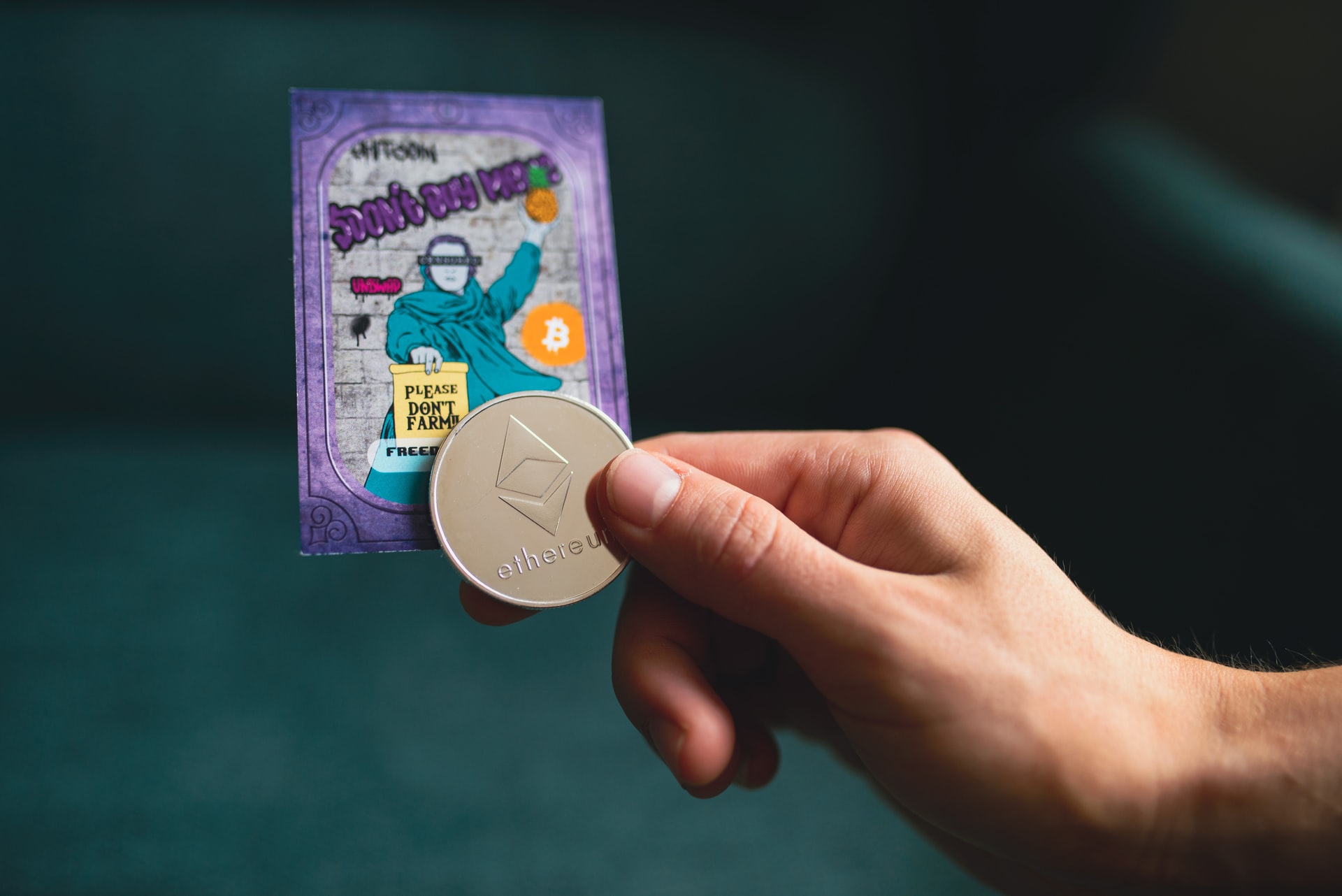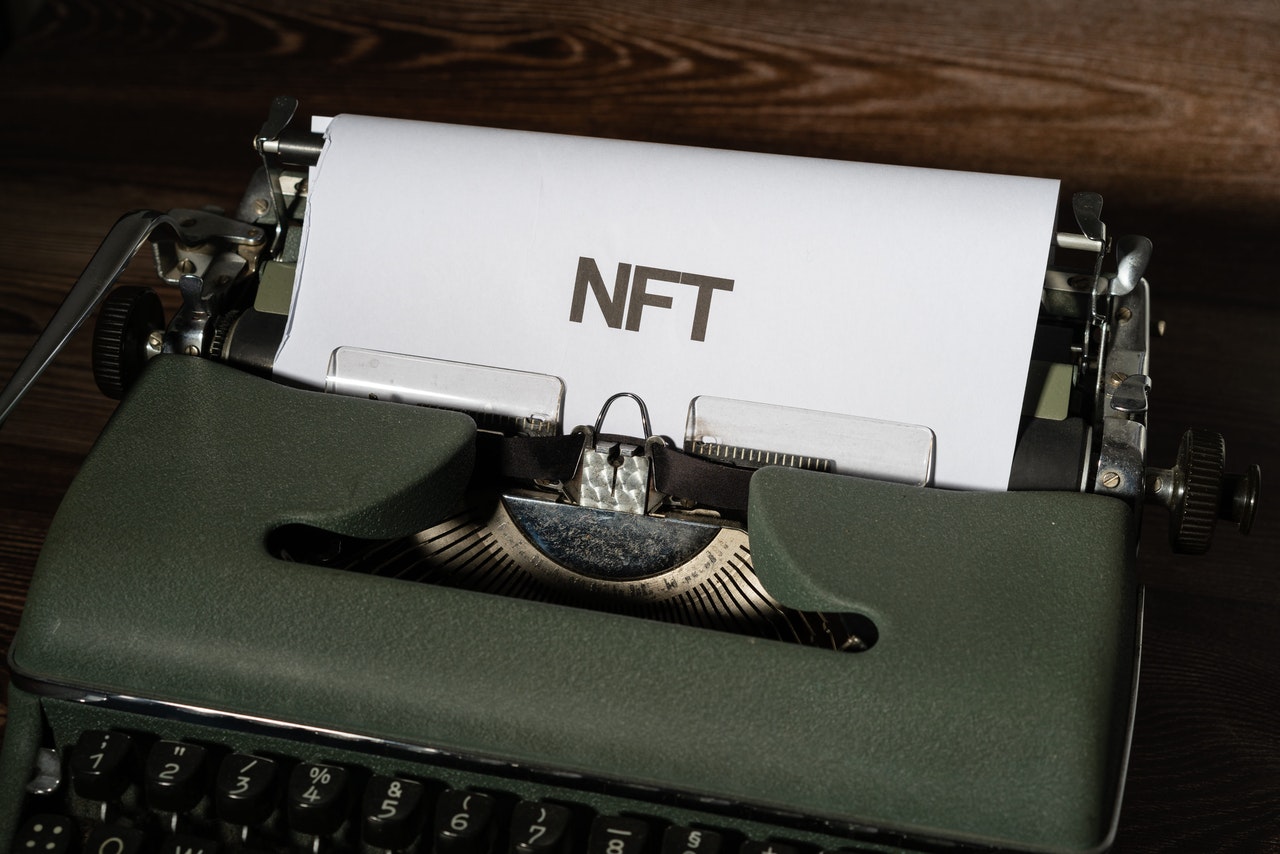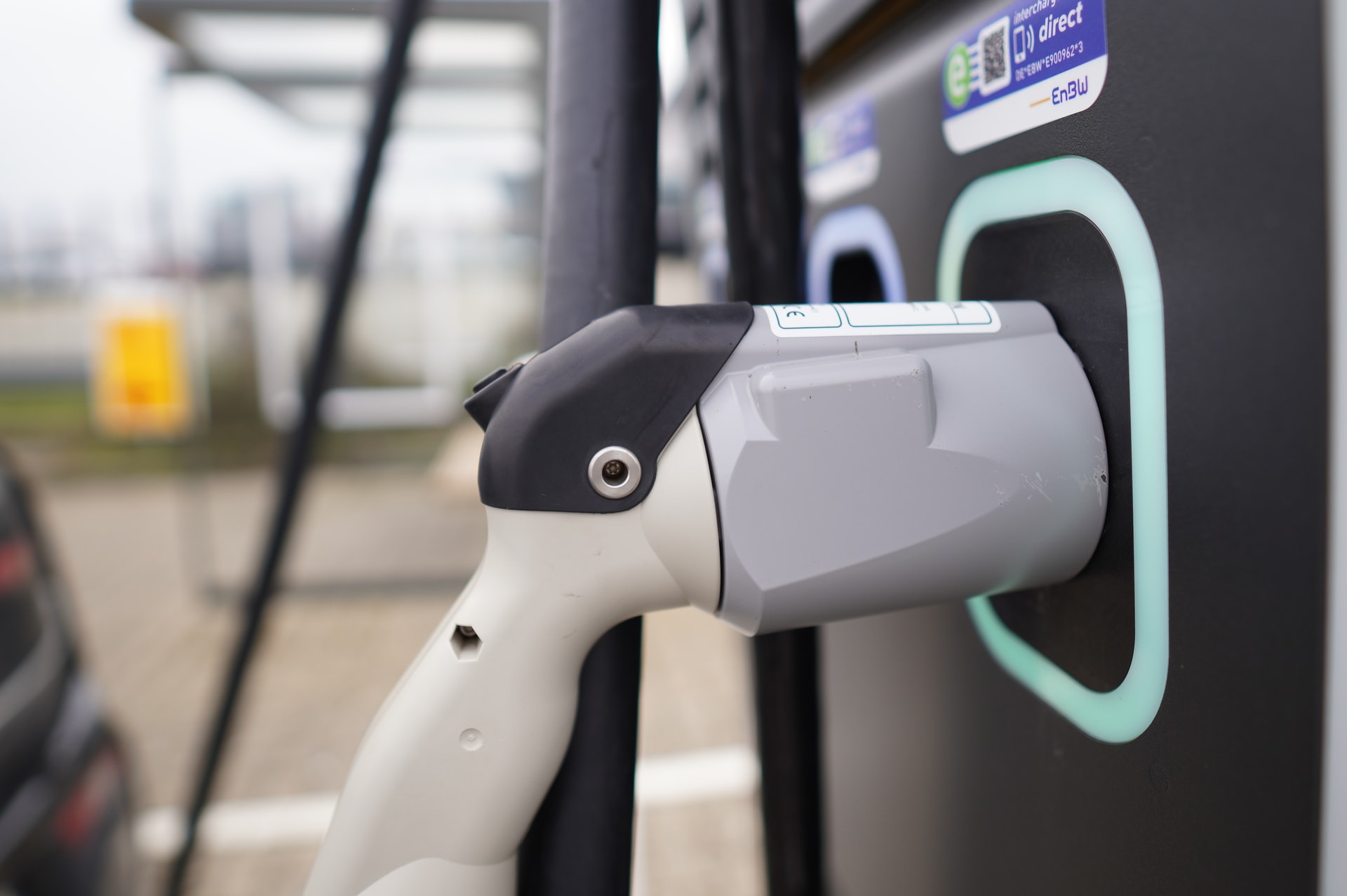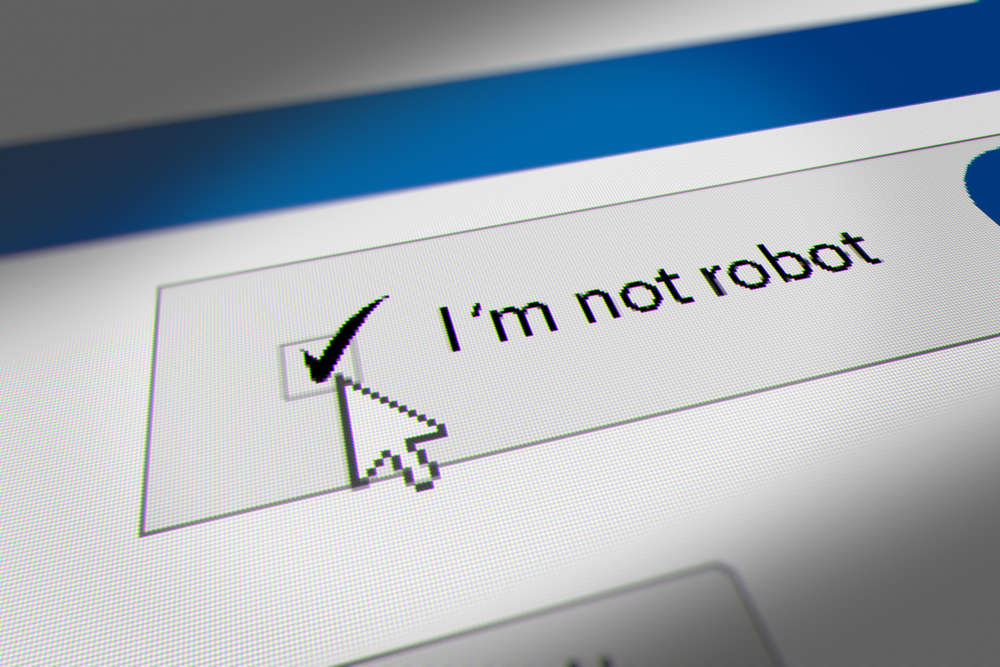Reading Time: < 1 minutes
- Aluminium foil is produced by repeated thinning of a large block of aluminium.
- To begin with, big blocks are melted at 750 oC for hours, impurities are removed and small amounts of other elements are added.
- Then this pure aluminium mixed with other elements is solidified and converted into long, thick slabs called ingots (weighing thousands of kilos).
- The ingot, which is about 45 cm in thickness, is passed 12-16 times through heated rollers (over 450 oC) to achieve the thickness of 5mm.
- When 5 mm thick, the aluminium sheet is rolled on a cylinder-shaped machine and transferred to a set of cold rollers (they roll the sheet from top and bottom).
- The foil is then pressed on the cold rollers multiple times to reduce the thickness further (a typical household aluminium foil is 0.016 to 0.024 mm).
- By the time the foil gets to the final press, it is so thin that it could break.
- So, the manufacturers push through two sheets together at the same time for the final press.
- The sides of the sheets that come in contact with each other end up with a matte (dull) finish.
- And the sides that come in contact with the highly polished steel rollers become shiny.
- So, for wrapping food, we can use either side.
- However, there are certain foils which claim to have a non-stick side, i.e. one side of that foil is coated with a substance that will keep the food from sticking to it.
- For these foils, we should place our food on the non-stick side.
Image courtesy of Otherness TV through Unsplash

